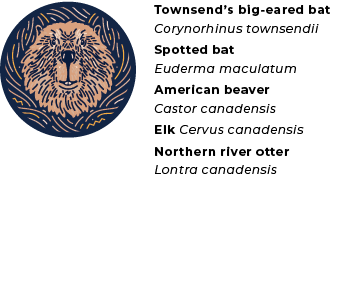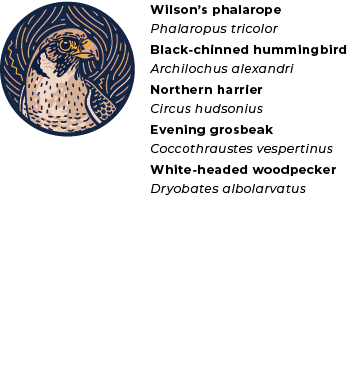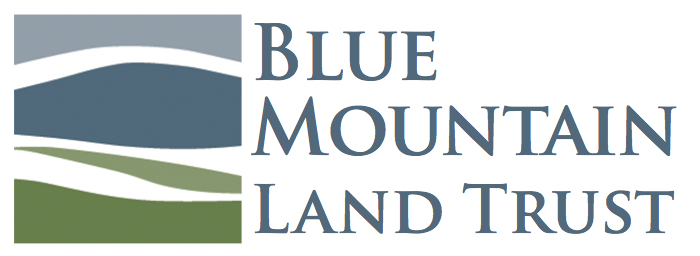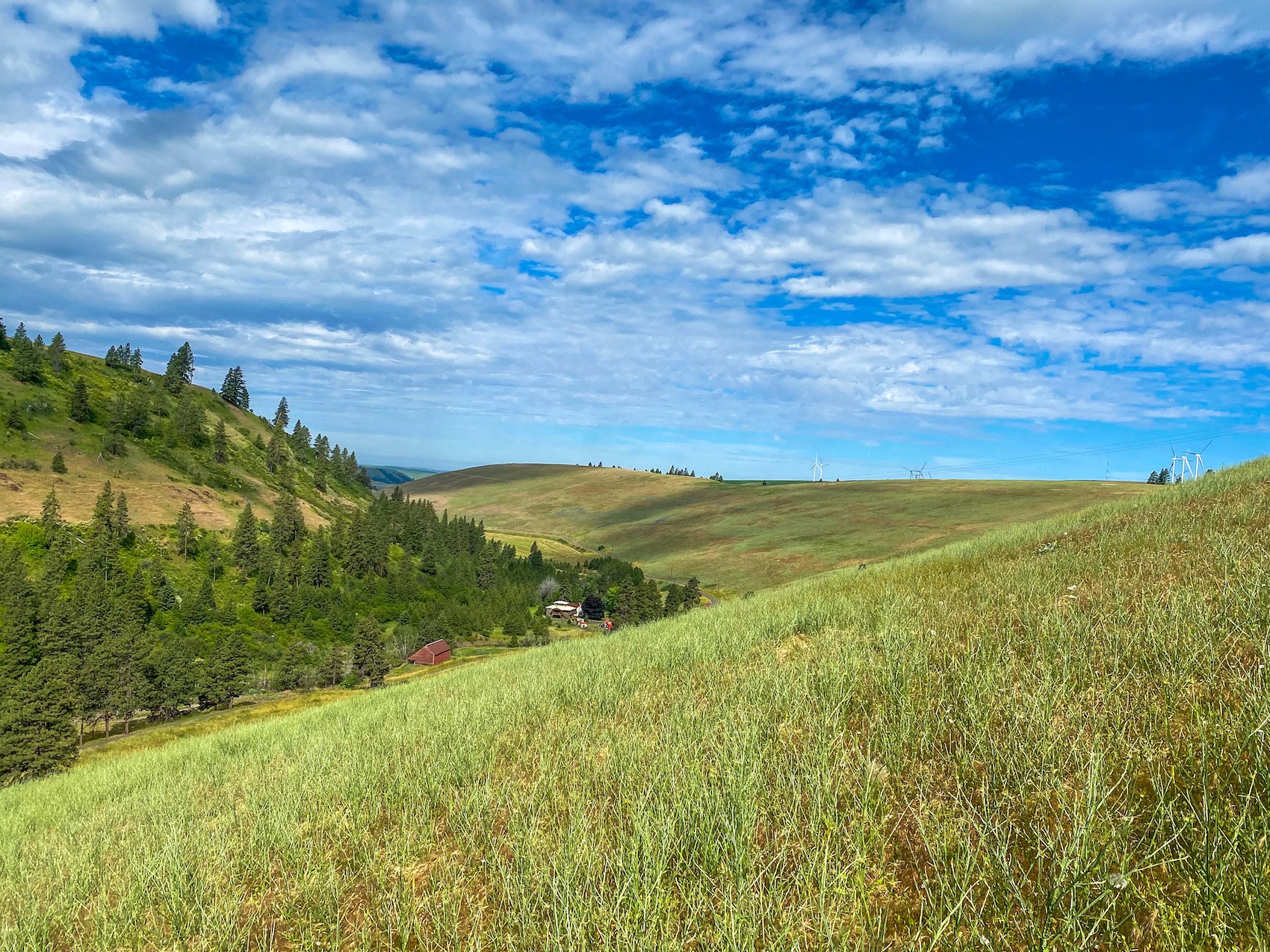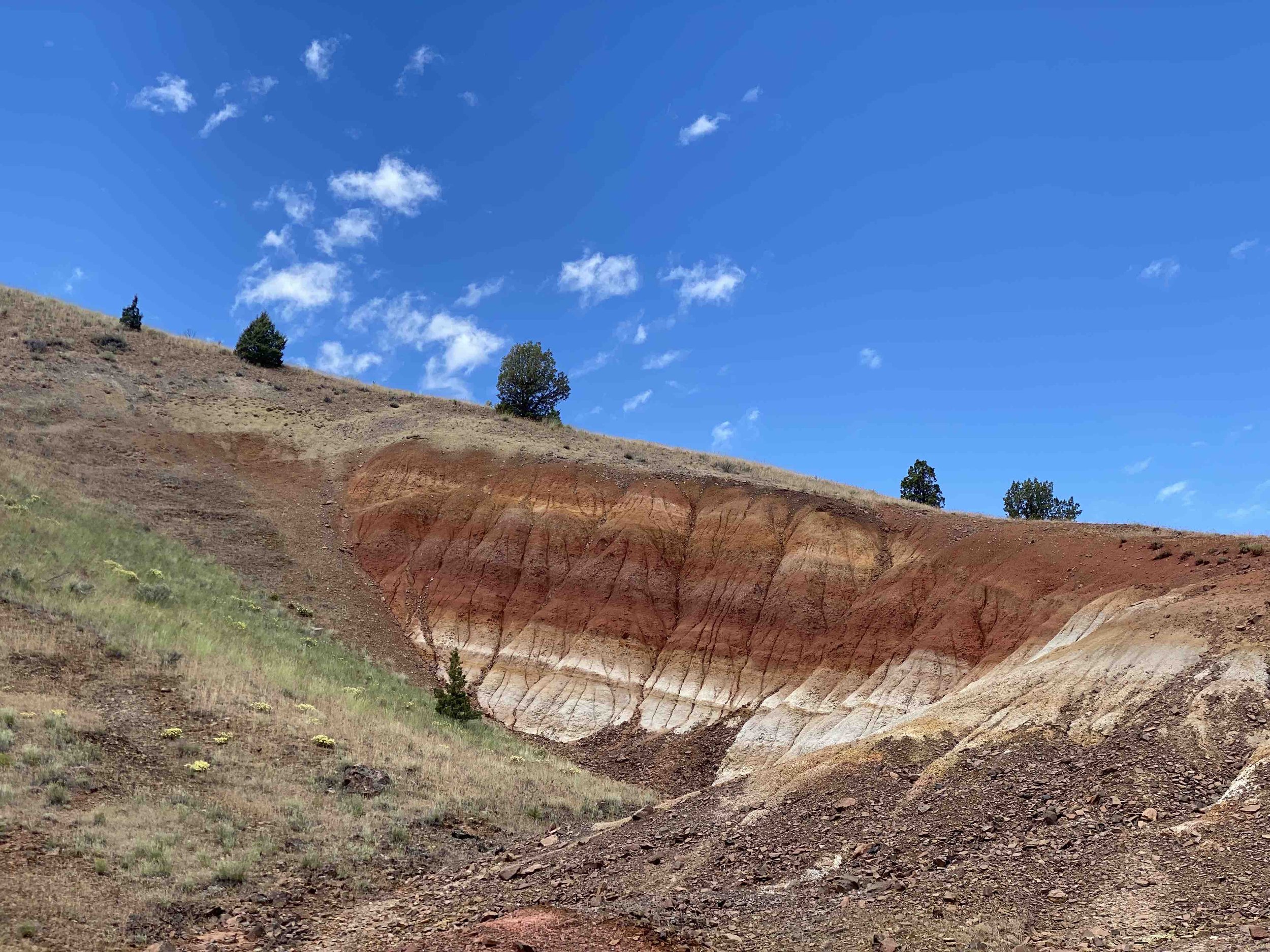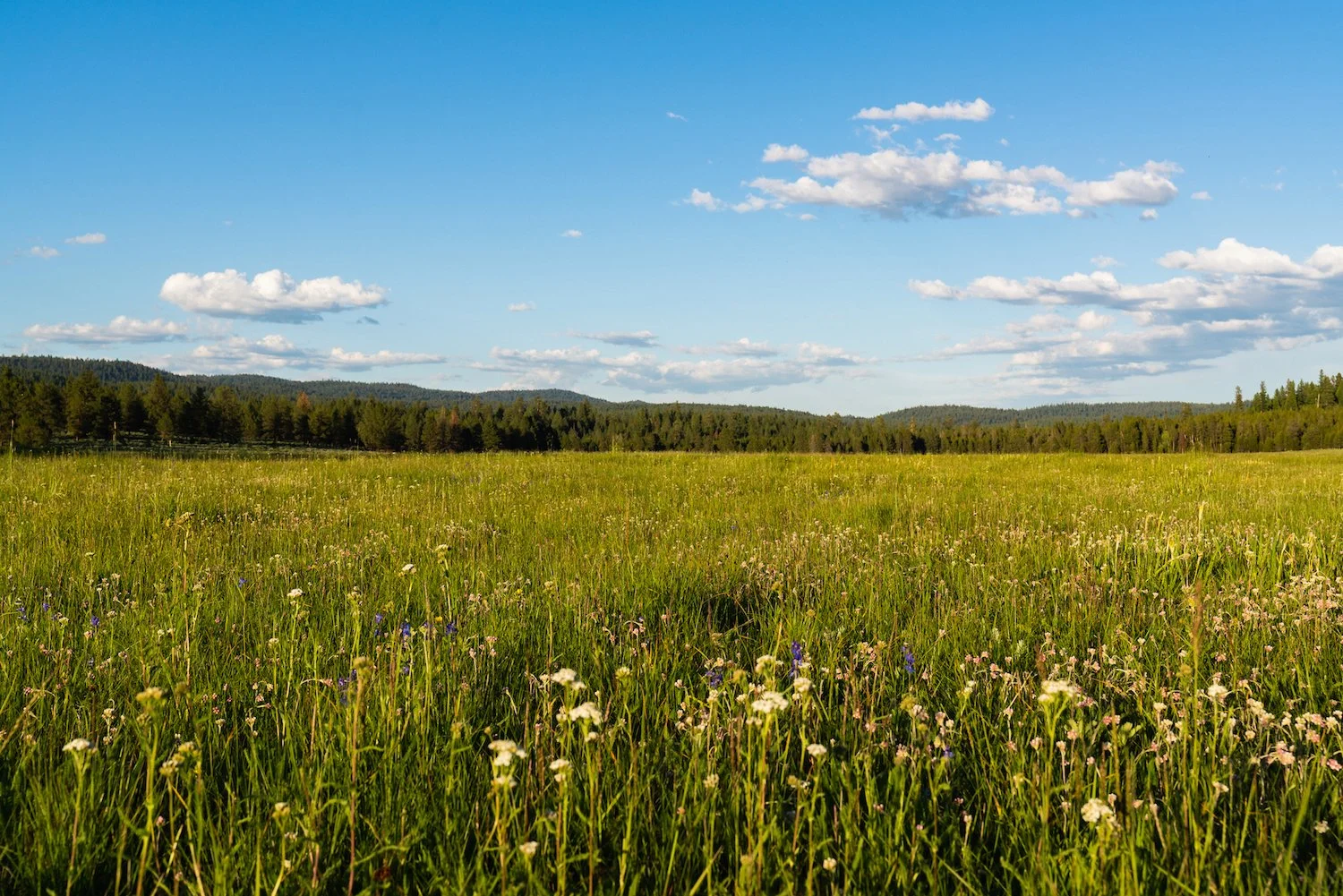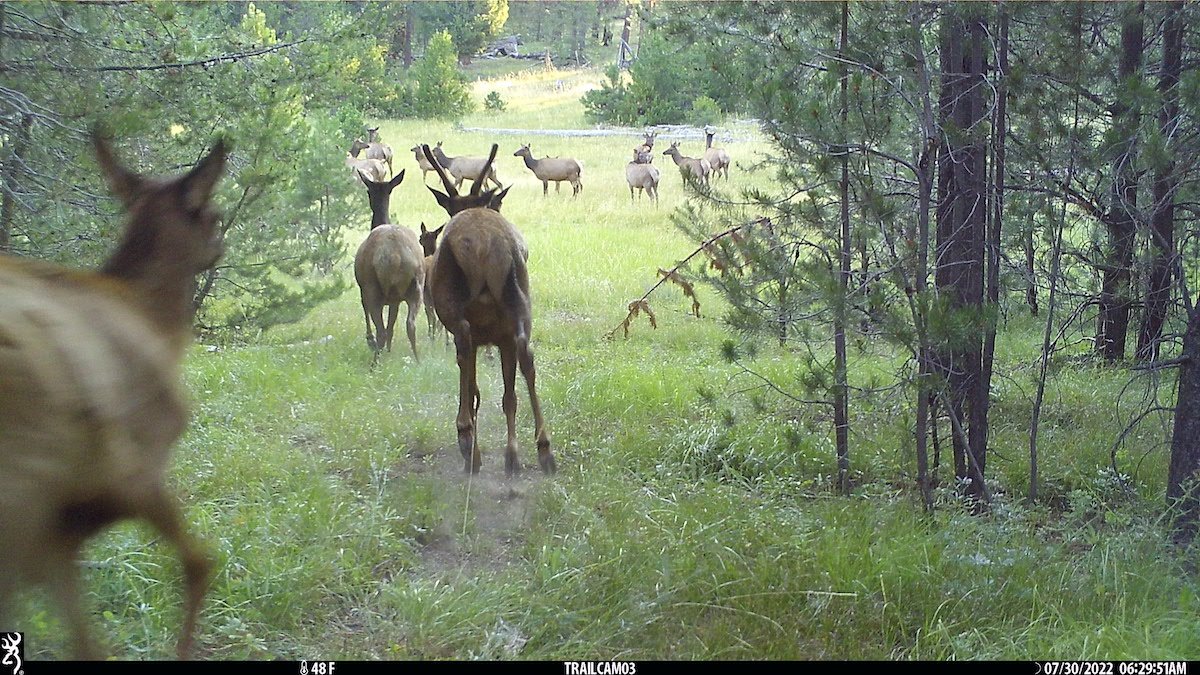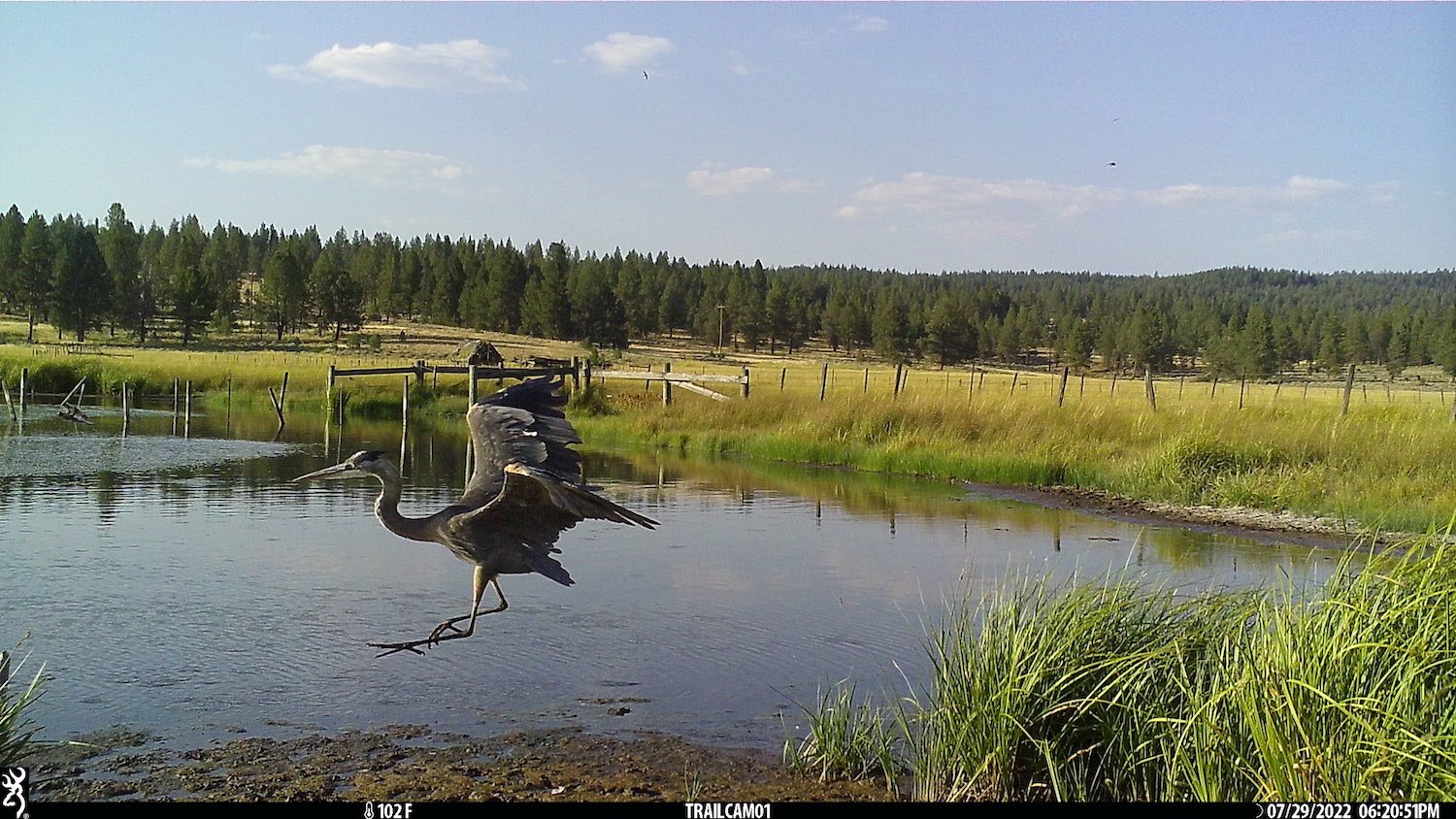Strengthening climate resilience.
The Blue Mountain region is like no other. From rolling farm fields to flowing rivers and sagebrush seas, these landscapes hold what we value most: clean water, open spaces, vital habitat, healthy soils, and livelihoods for agricultural communities.
When BMLT completes a conservation easement, we are responsible for regularly monitoring and reporting on the properties to ensure they are being stewarded responsibly, leading to greater conservation benefits for the environment and community. This ongoing land stewardship is what we mean when we say, “We protect the land you love. Forever.”
A commitment to the future
Our work is built on relationships — ones that stand the test of time with landscapes and the people that care for them.
When BMLT conserves a property, we commit to caring for the land in perpetuity. We mean it when we say forever, and long-term stewardship helps us achieve the commitment we make to each property we protect, including the native habitat, creeks, wildlife corridors, and productive farmland that make it so special.
Every year, our team visits each protected property to document changes on the ground, confirm that no prohibited development has occurred, and ensure management plans are followed and updated as needed. The information is compiled and shared with the property owners to reference in upcoming years. Here we notice the changes from year to year and improved conditions, whether it’s reduced flooding from river restoration projects or rebounding native plants across a grassland.
Change is constant and we’re here to assist climate-smart practices. When a property has a potential project or issue, such as riparian tree planting or invasive plant removal, BMLT works with landowners and conservation agency partners to help connect project funding or other technical assistance the property needs.
Photograph by Matt Franklin
Deep roots, new growth
Over the past year, BMLT purchased our first property of 278 acres on the Middle Fork John Day River, completed three new conservation easements, and increased our total protected acreage of land from 13,259 to 22,652. In light of these big wins, we’ve dedicated staff capacity to support this critical work. This year, we grew our stewardship program and are excited to build our goals to support the permanently protected land under our care. We look forward to future community collaboration to help us monitor and preserve the critical landscapes of the Blue Mountain region.
“The natural world is a gift, and it’s our responsibility to take care of it.”
— Genevieve Perdue, BMLT Stewardship Director
Where the river flows free
Last year, BMLT purchased our first property, Phipps Meadow, with the support of the Confederated Tribes of the Warm Springs Reservation of Oregon, the Oregon Watershed Enhancement Board (OWEB), and financing from Craft3. Located near Prairie City, OR, Phipps Meadow is an ecologically diverse 278-acre property composed of wetland meadow, pine forest, sagebrush steppe, and 1.58 miles of the Middle Fork John Day River, an important feature for fish and wildlife. Phipps Meadow is nestled in the headwaters of the Middle Fork John Day River — the place where it all begins.
Photograph by Matt Franklin
A hub for biodiversity
This summer, we worked with Environmental Science Associates (ESA) to document the baseline conditions of Phipps Meadow. ESA observed the presence or evidence of over 200 species frequenting the property, including over 70 bird species, and numerous mammal, invertebrate, and native plant species. Documentation of current species composition at Phipps Meadow will help inform future restoration efforts, and record changes over time.
Biodiversity Roundup:
NOTEWORTHY FISH, MAMMALS, & BIRDS AT PHIPPS MEADOW

